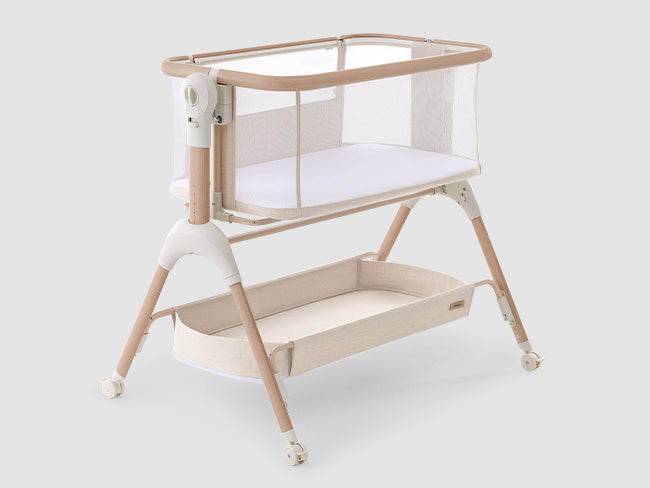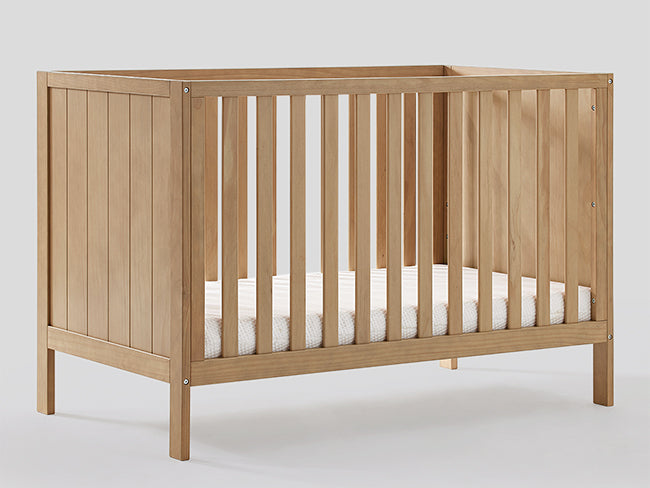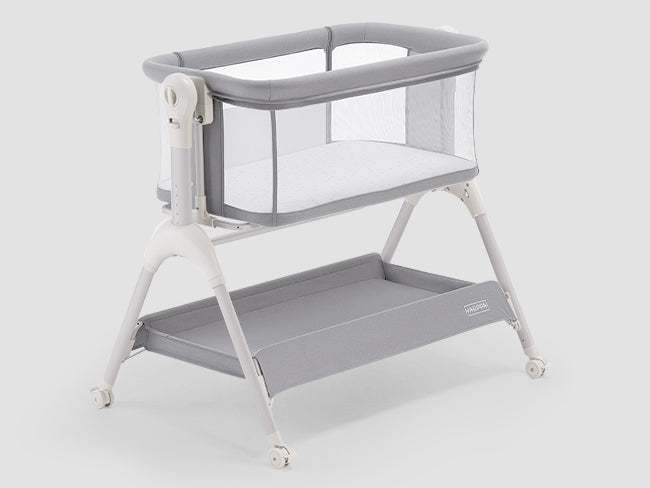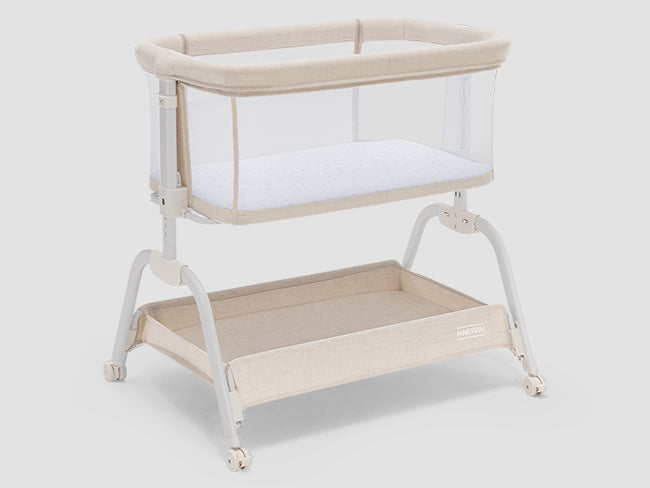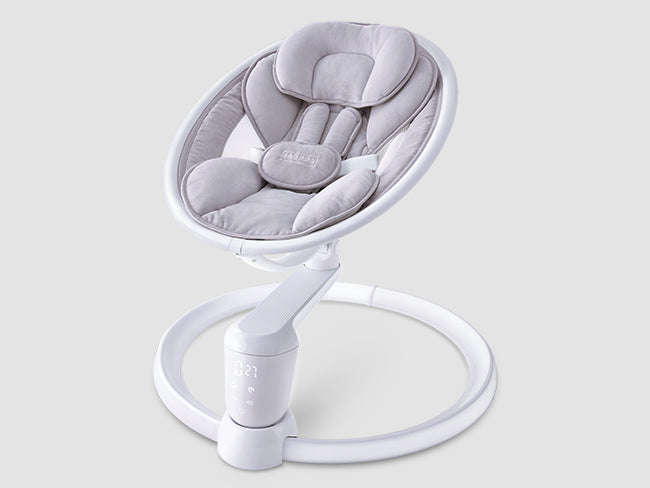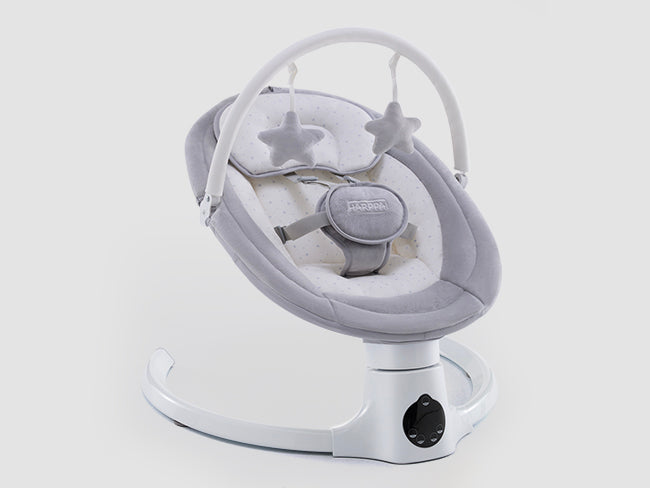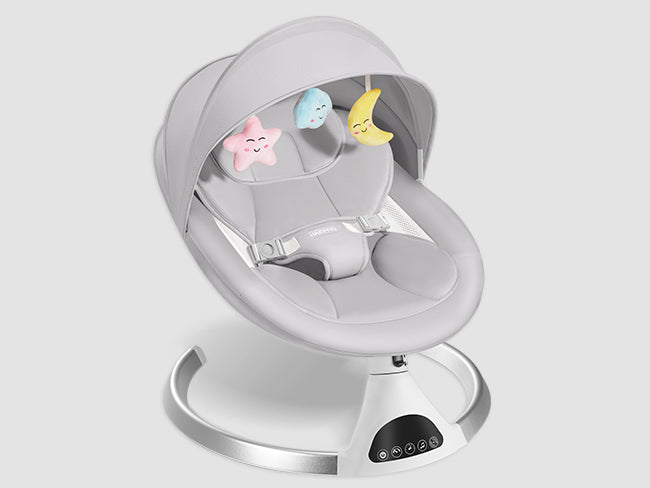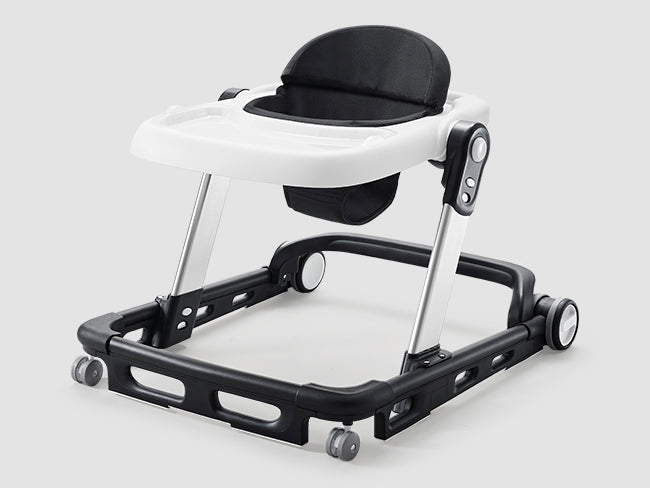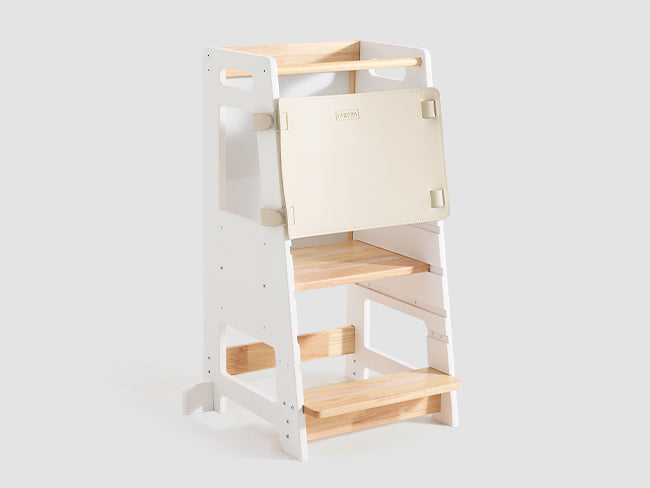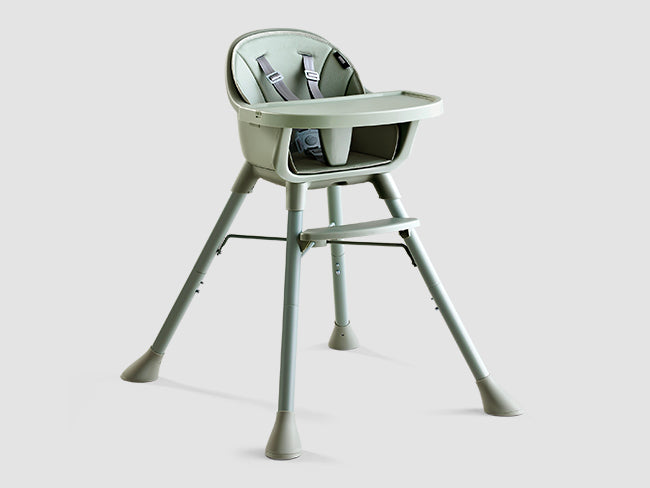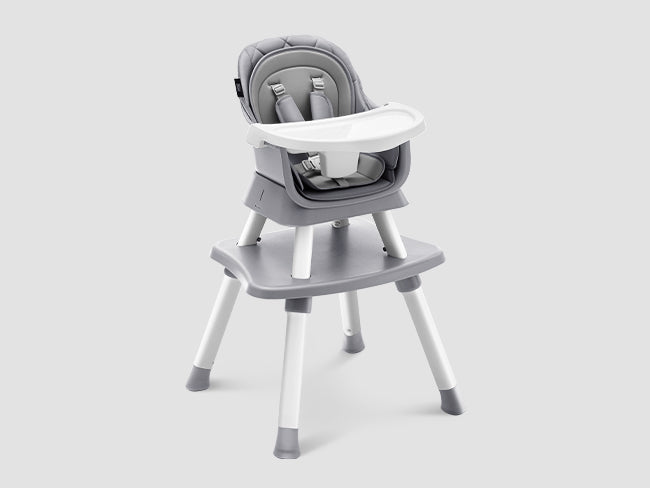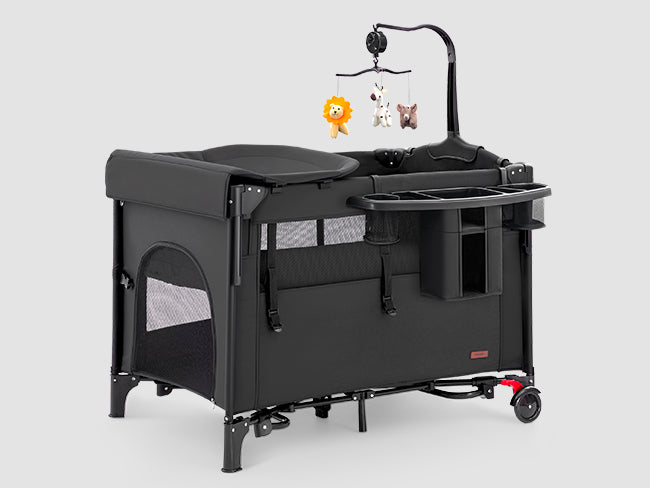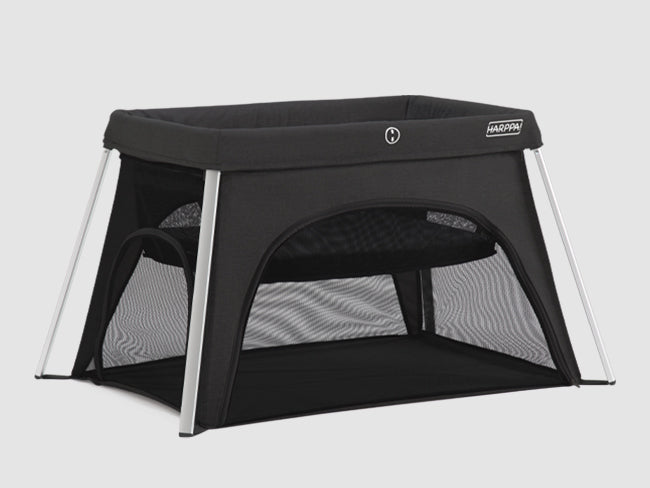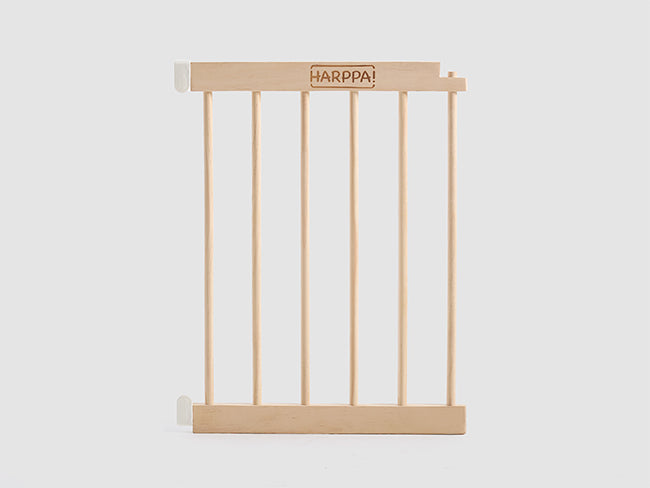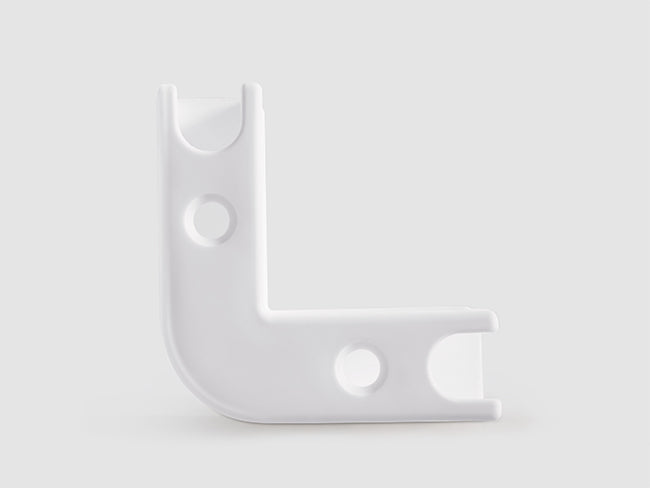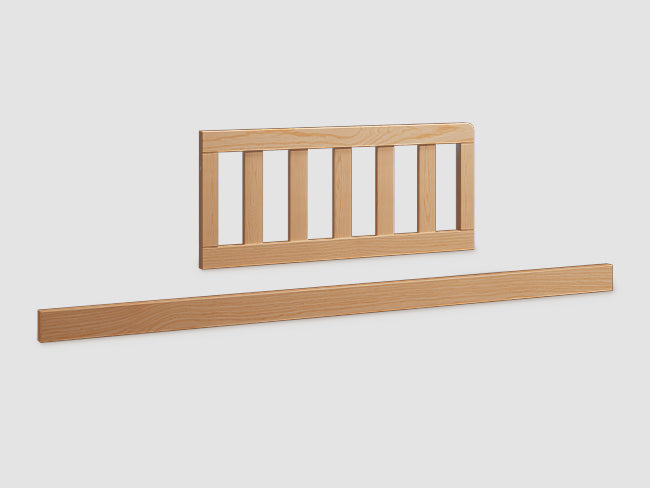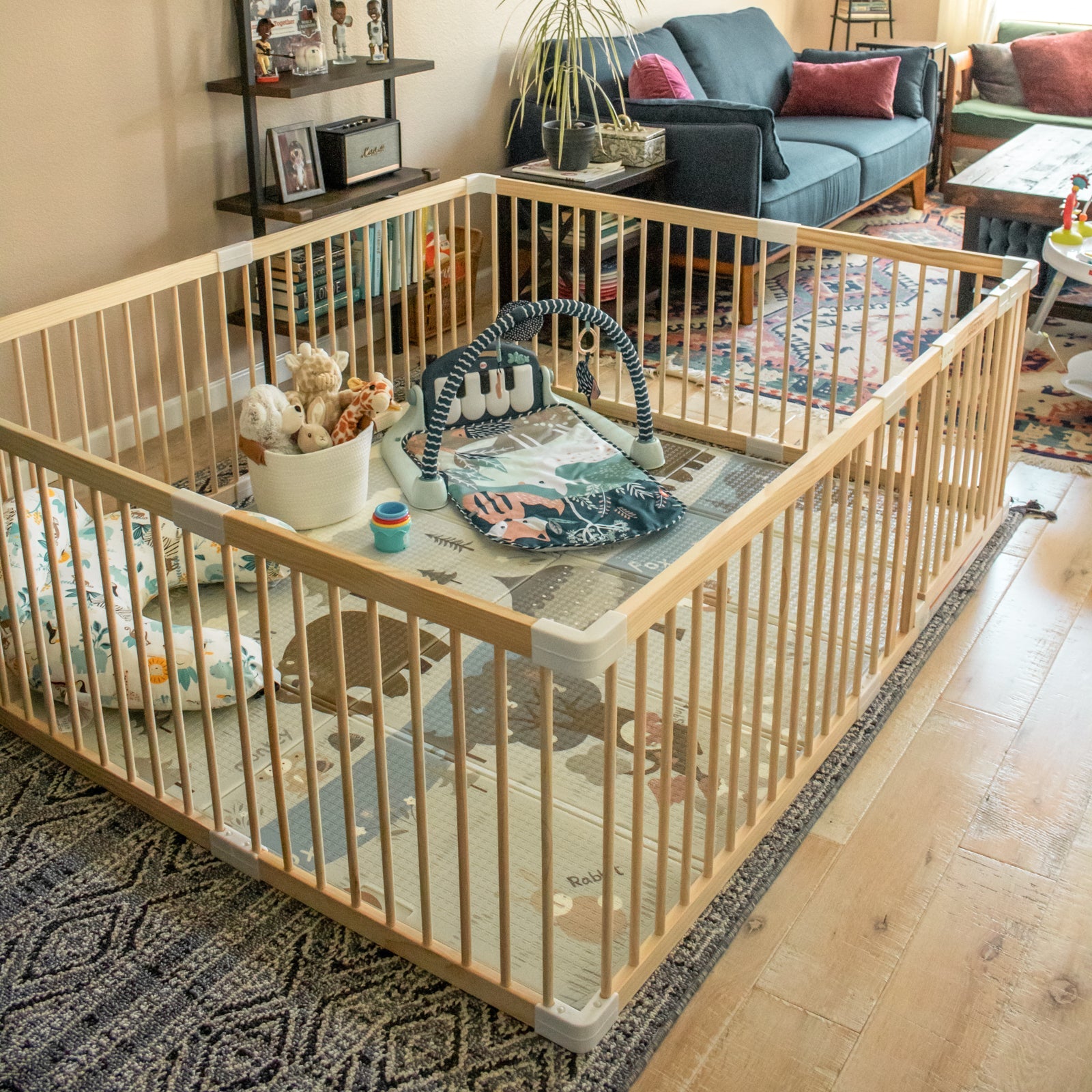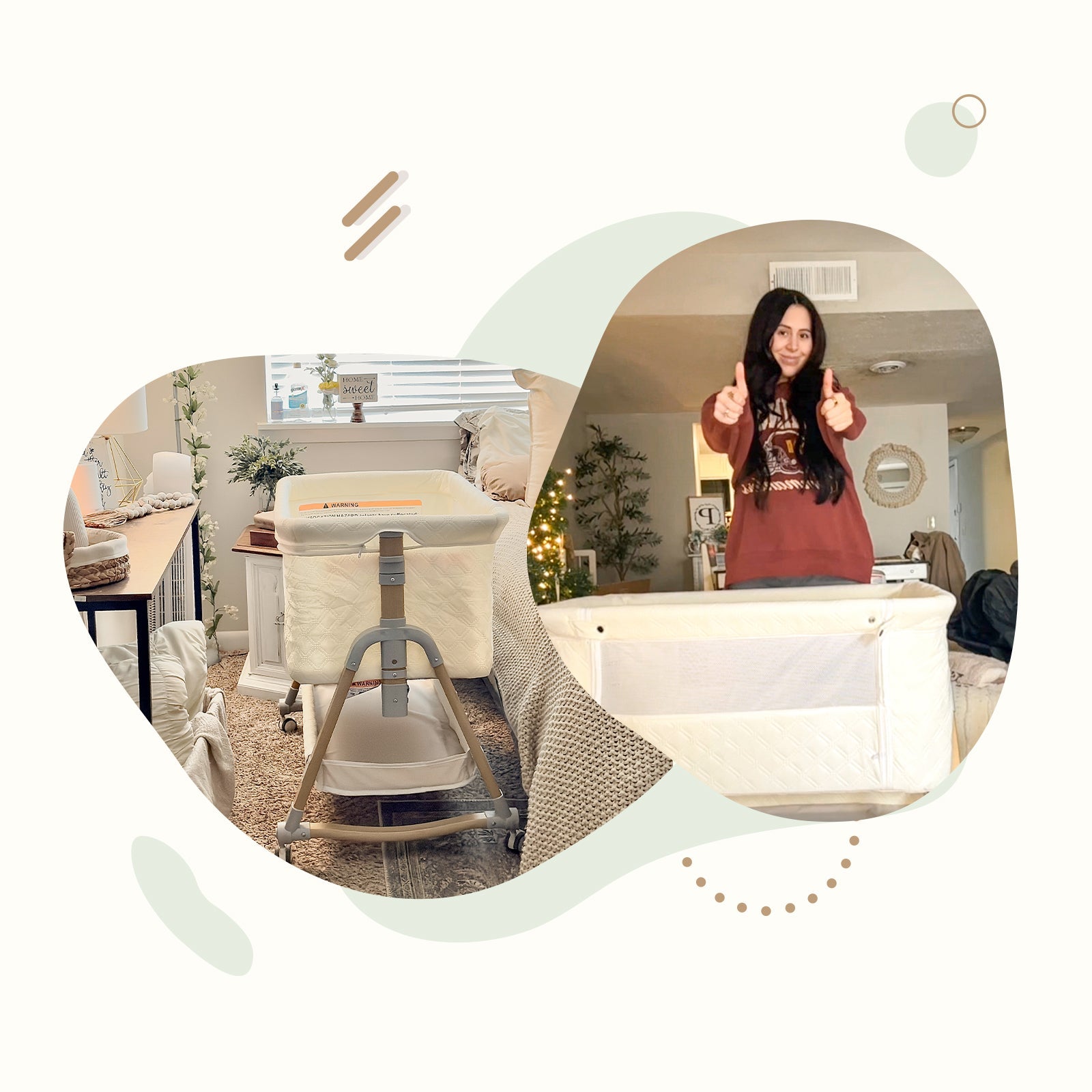1. Independent Exploration Starts at a Small Corner
In modern homes, the kitchen is one of the most frequently used spaces. For young children, it’s not just a place to watch adults—it’s a natural classroom for practicing practical life skills.
Using the HARPPA Kitchen Step Stool / Toddler Tower, children can safely reach the countertop and actively participate in handwashing, selecting ingredients, stirring, and passing utensils. Each action is a Montessori practice: children learn through trial, observation, and repetition.
Detailed Examples:
-
Handwashing: Children turn the faucet, control water flow, and use a small basin to catch water, learning sequence and coordination.
-
Ingredient Prep: Children pick fruits or vegetables, feel weight and texture differences, and practice washing under supervision.
-
Stirring: Using a wooden spoon or silicone spatula, children mix salad or batter, practicing grip and controlled movements.
-
Passing Utensils: Children set plates and utensils on the table, learning responsibility and order.
Parents supervise without fully intervening, allowing children to explore independently while staying safe.
2. Fostering Autonomy and Responsibility
Montessori emphasizes “Help me do it by myself.” The step stool allows children to engage in kitchen tasks and build confidence through accomplishing small steps.
Operation Flow Example:
-
Children wash hands and dry them.
-
Pick fruits or vegetables and place them on the countertop.
-
Use a stirrer to mix ingredients.
-
Pass utensils to the table and clean up the workspace.
Parent Role:
-
Observer: Watch sequences and actions without interrupting.
-
Guide: Offer simple verbal prompts, e.g., “Wash the apple first, then cut it.”
-
Safety Monitor: Ensure the stool is stable and surroundings are hazard-free.
This approach cultivates independence, responsibility, and life skills naturally.
3. Safety and Comfortable Design
HARPPA Kitchen Step Stool features sturdy solid wood, protective railings, non-slip feet, and wide steps.
Design Highlights:
-
Adjustable Height: Fits different counters and child heights.
-
Railings: Provides stability and safety.
-
Non-Slip Feet: Prevents movement on smooth floors.
-
Wide Step Surface: Supports both feet comfortably for longer activities.
-
Eco-Friendly Materials: Non-toxic, natural wood, ASTM/CPSC compliant.
Minimalist wood tones blend seamlessly with Nordic, Japandi, or modern kitchens, making the child’s exploration corner both functional and aesthetically pleasing.
4. Natural Parent-Child Interaction
The step stool creates opportunities for joint activities while supporting independence.
Scenario Examples:
-
Cooking Together: Parents cook nearby, while children complete small tasks on the step stool, enhancing focus and observational skills.
-
Task Assignment: Simple commands, like “Place the washed fruit in the bowl,” teach comprehension and execution.
-
Repetition: Encourage repeated washing, stirring, or passing tasks to develop patience and concentration.
This method respects the child’s pace while fostering self-management and confidence.
5. Space Arrangement & Practical Tips
-
Safe Corner: Place the stool away from sharp edges or heat sources.
-
Stage Activities: Start with simple tasks, then gradually add stirring or arranging


